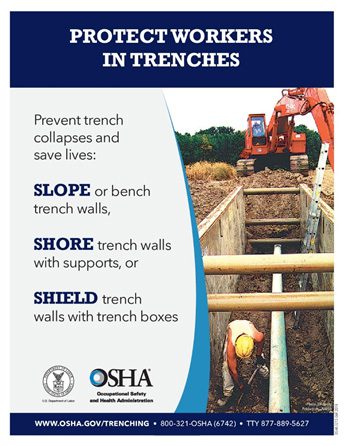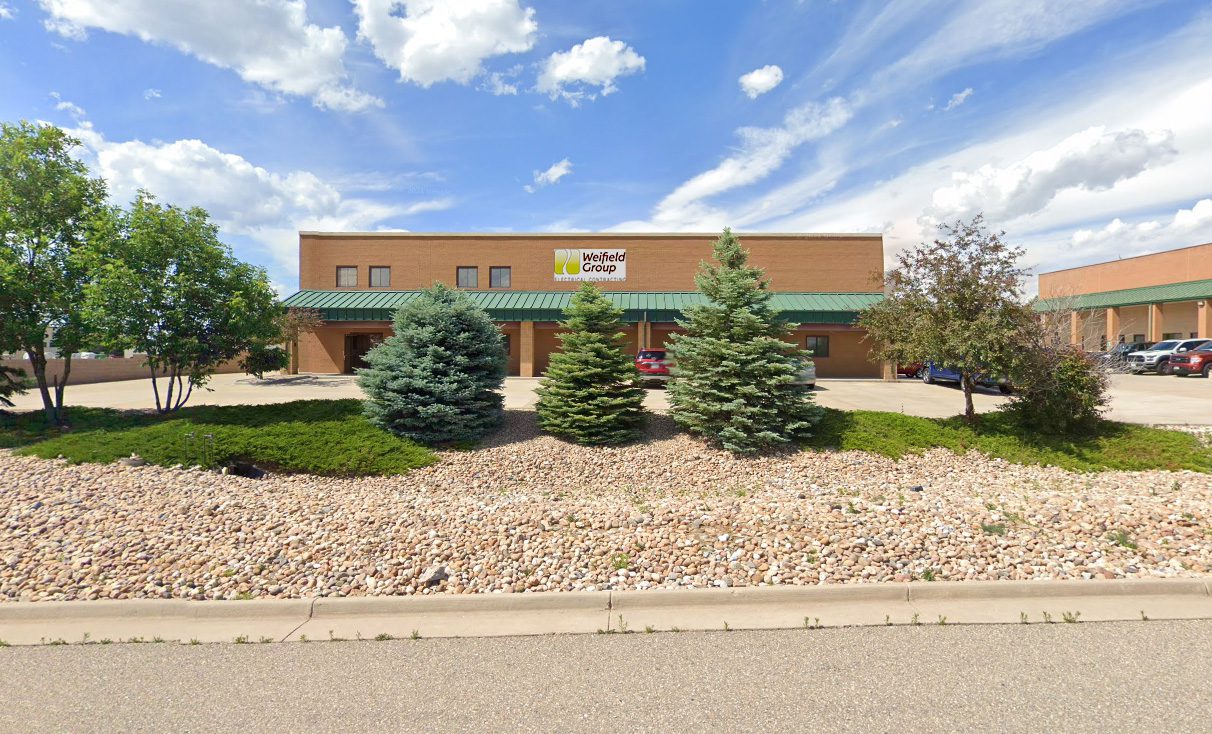Trenching is an important part of any construction project; it involves digging and removing the dirt – then forming a narrow depression into the ground, which is then utilized for a variety of projects.
Trenches are used for a wide variety of civil and engineering projects, including laying pipes and telephone wire. In fact, trenching is so critical to construction projects that there are different methods and a variety of trenching equipment that can be utilized.
As with anything in the construction industry, though, trenching can be dangerous – and sometimes even fatal. That’s why it’s important to practice proper trenching practices to improve worksite safety.

Look at these essential trenching safety tips that your team should follow:
> Install Protective Systems
> Conduct Atmospheric Testing
> Beware of Falling Loads
> Routinely Inspect Trenches
> Install Safe Access and Egress Points
> Locate Utility Lines Before Digging
> Assign a Competent Person
> Install Proper Safety Signs10. Practice
> OSHA Provided Trenching and Excavation Safety
Always remember to contact the Safety department if there are any questions at all.
If you aren’t careful, trenches can cause a serious injury, whether on a job site or elsewhere; the same can be said about any type of excavation work.
The potential dangers of trenching can be severe, if not fatal. Here are some trench and excavation safety guidelines from OSHA to exercise:
> Never enter an unprotected trench
> Trenches deeper than four feet need to have a protective system
> Don’t place any excavated soil/material within two feet of the trench edge
> Don’t stand near any vehicle being loaded or unloaded
> Always wear proper safety equipment
> Use a checklist to conduct safety inspections
Until next time…work safe & be safe!




